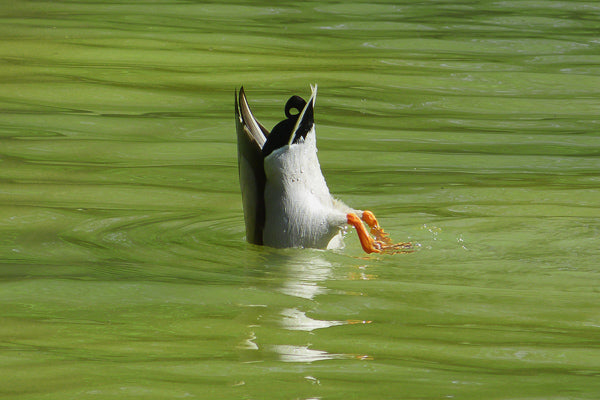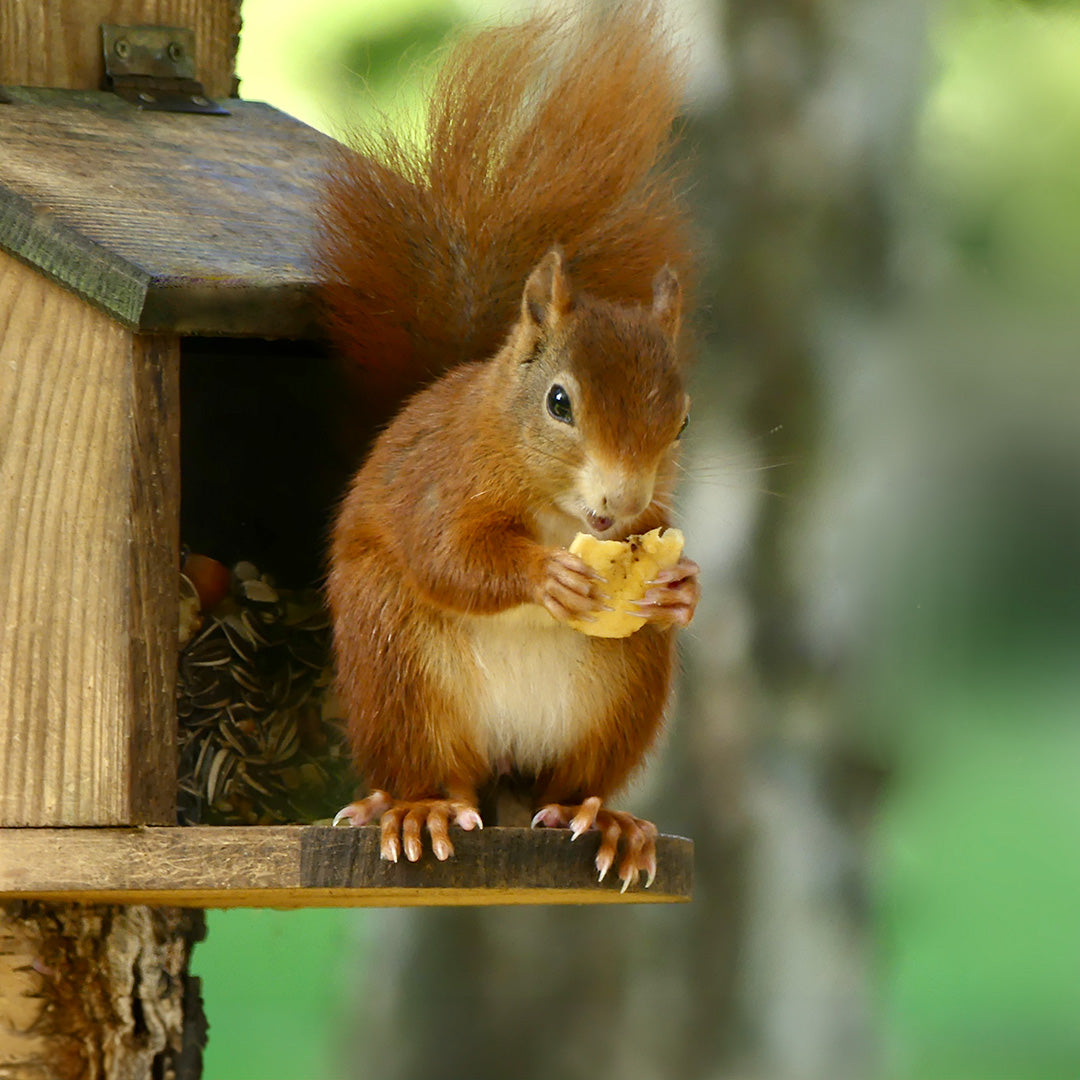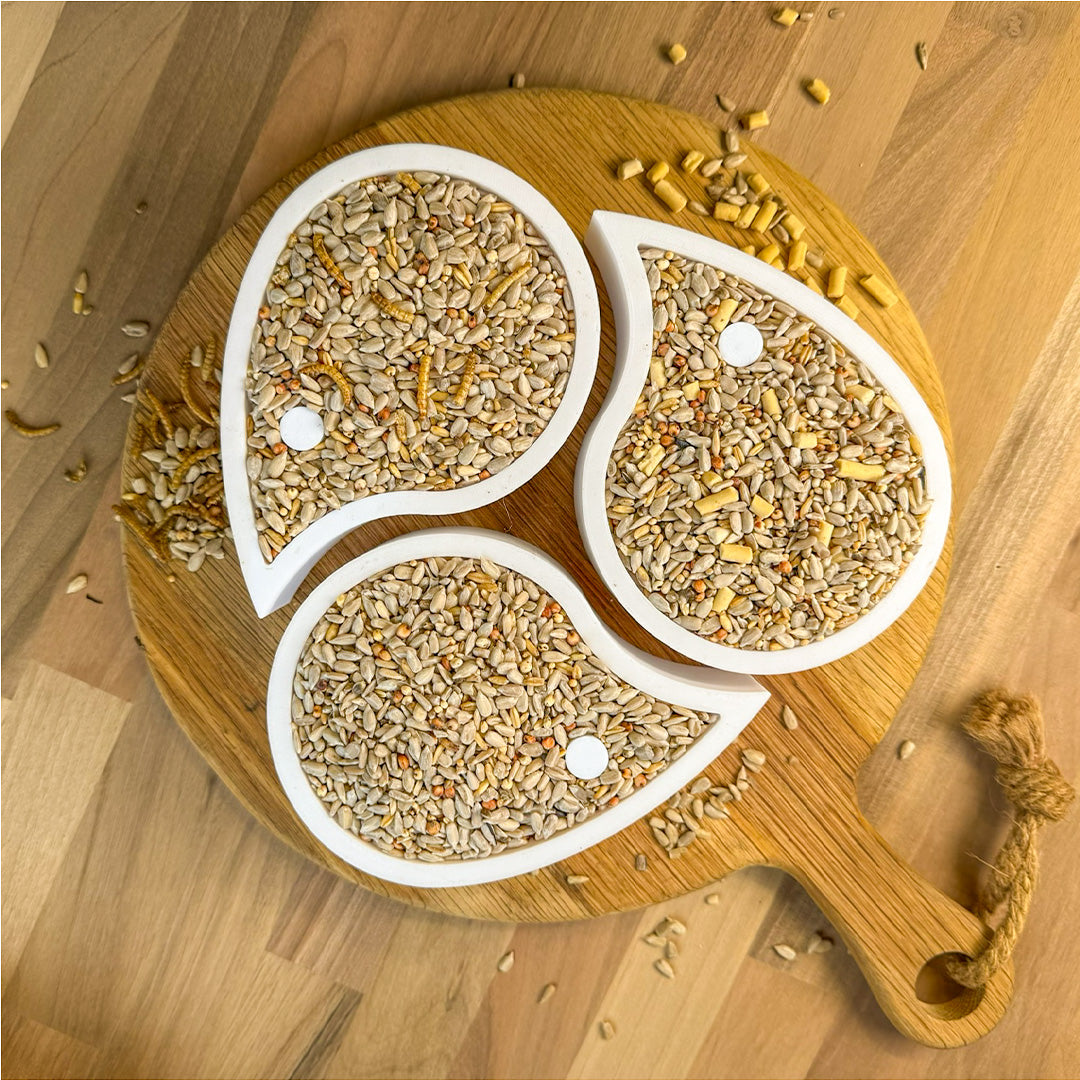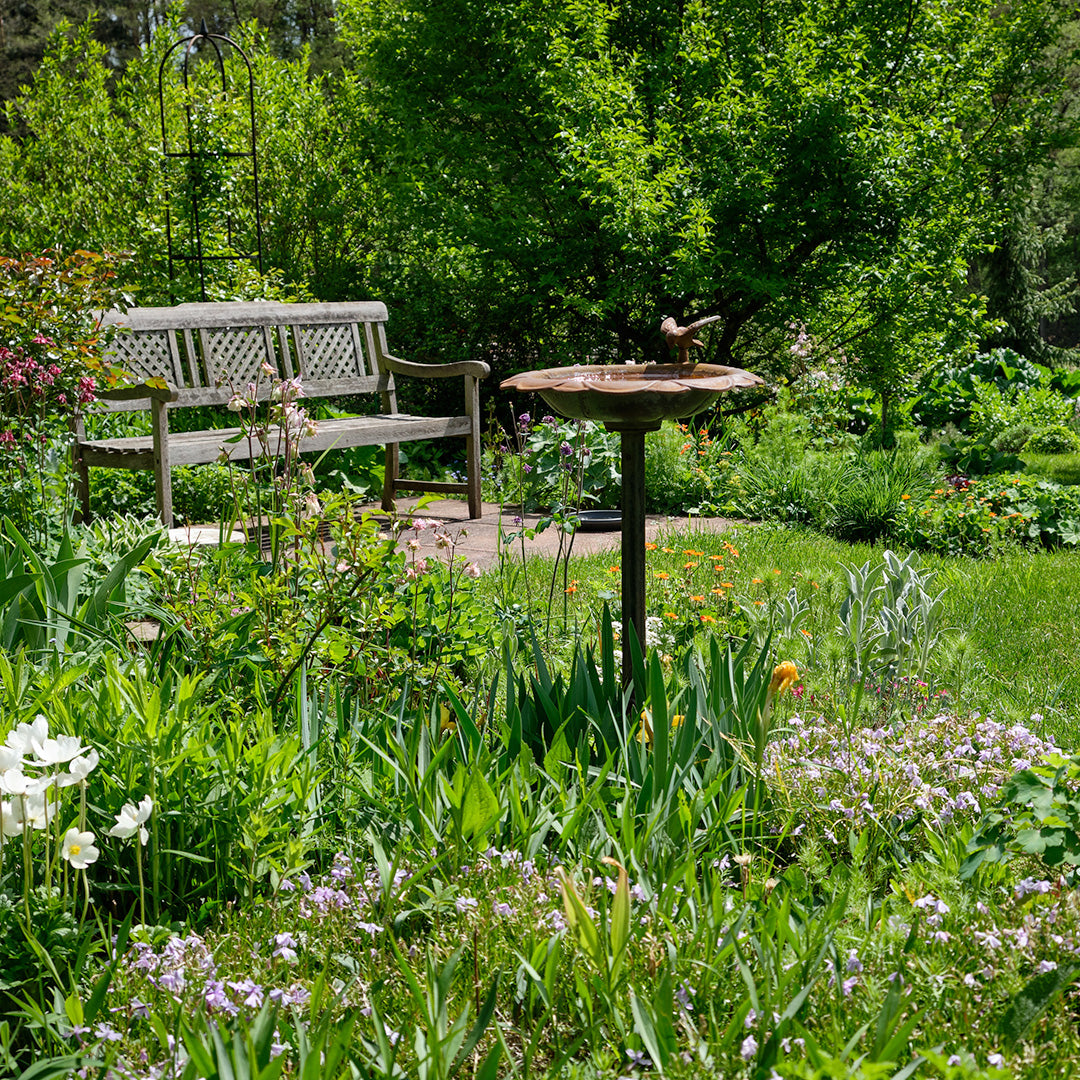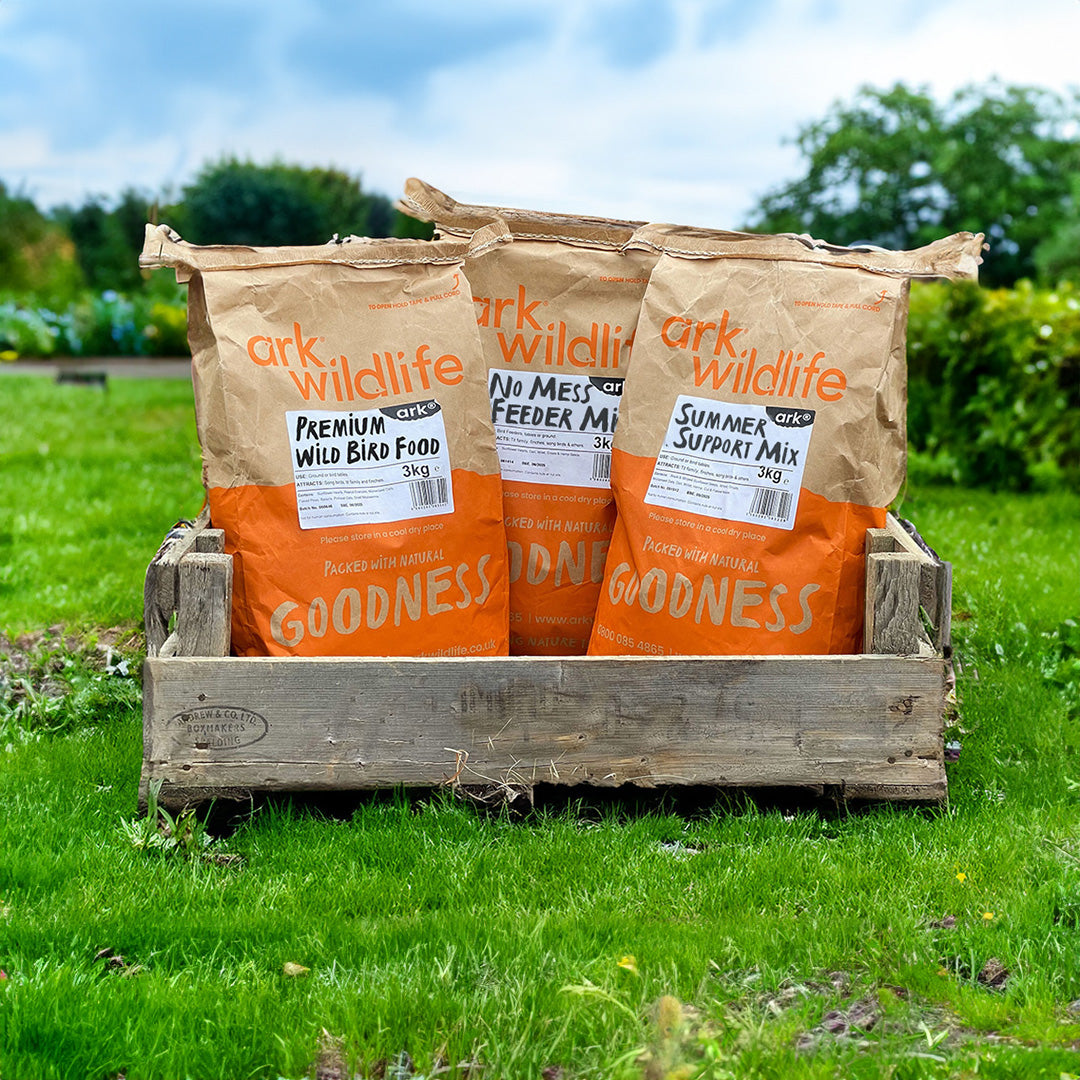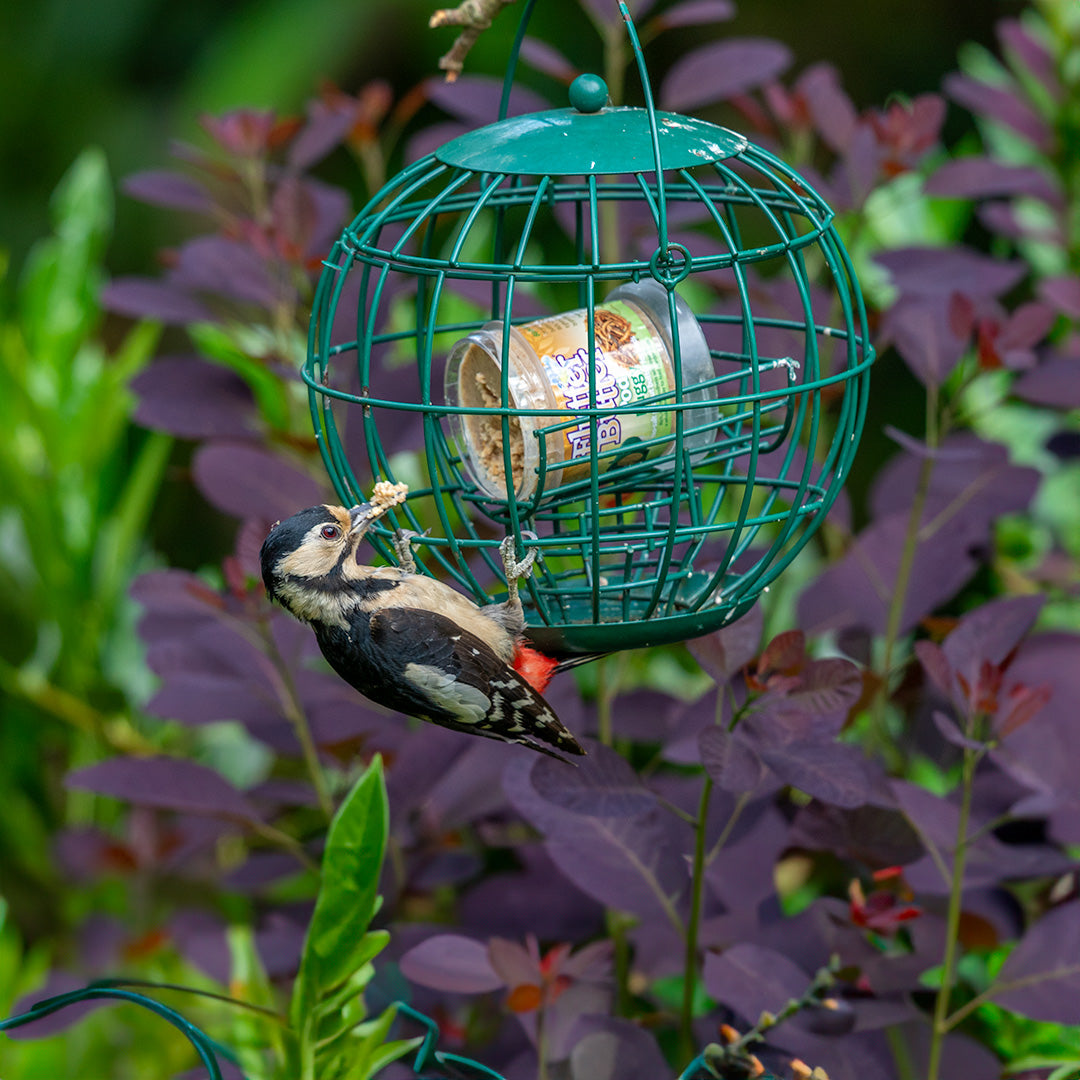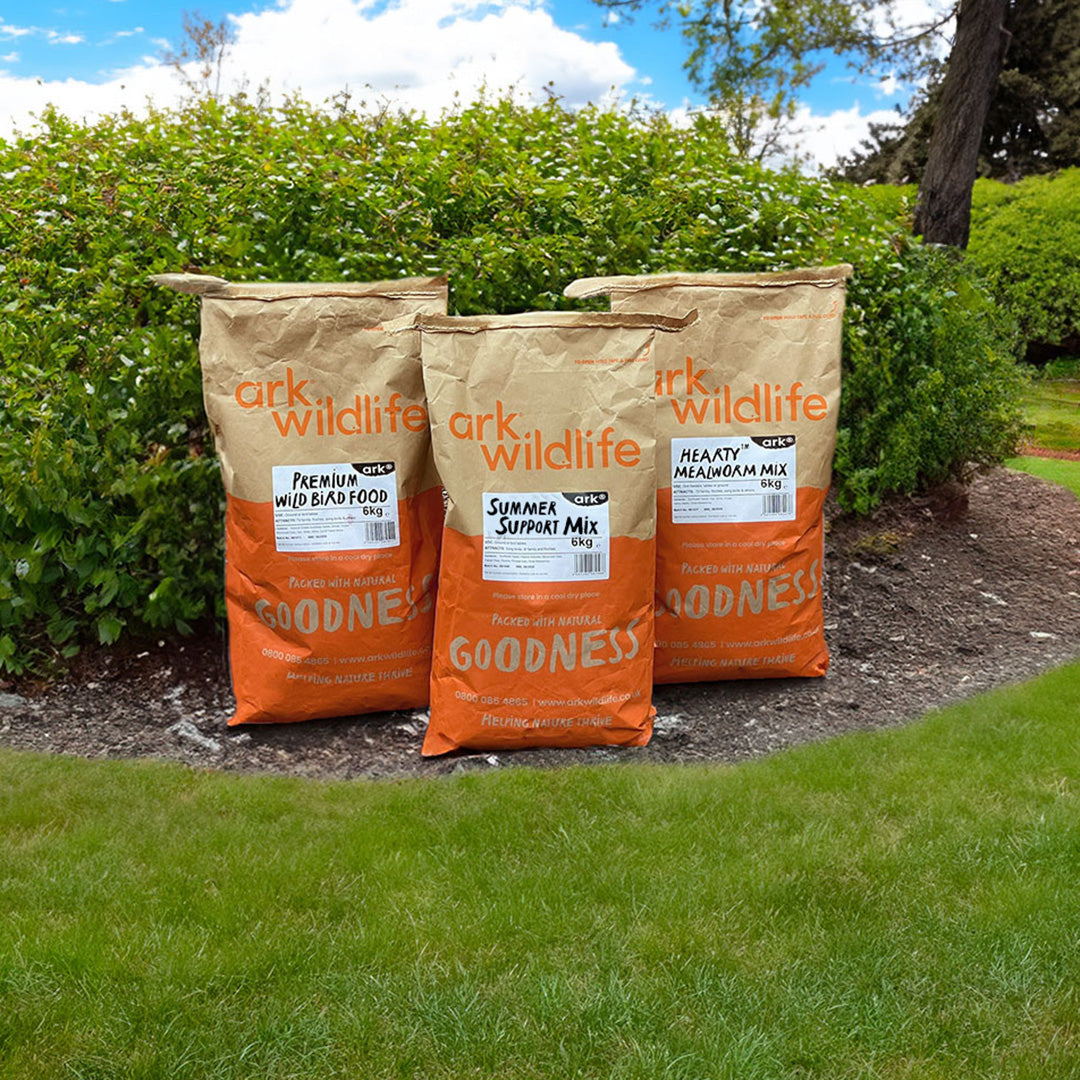I can vouch for the fact that any pond or water feature will increase the diversity of wildlife visiting your garden enormously. I dug my first pond at the age of 13 (and have been doing so ever since) and by the time I told my parents, it was already 12 feet long and 8 feet wide. I was quite an audacious child! It took the whole night and most of the next day for the hole to fill with water from our garden hose and then I left it to de-chlorinate.
Each day, before and after school I’d go and sit quietly by the water’s edge and watch. The water was crystal clear and there was not a sign of life within. The birds however loved it. All sorts of species would fly in and stop for a drink or a bathe. Disturbing the surface as they did so, sending out shudders of undulating water in a myriad of rainbow colours as oil slicked from their feathers and on to the water.
On the second or third day as I watched they was a sudden heavy ‘plop’ like a stone thrown in a deep puddle. ‘What was that’ I wondered as I looked around me. A great diving beetle had announced its arrival. The following day I found two frogs had moved in, more beetles and much to my surprise a whole bunch of pond skaters as if a whole family had decided to move in together. The guests kept arriving and it seemed like a great house warming party was taking place and all the local residents were welcoming the newcomers. And then it happened!

Green! The pond went green and I do mean green. I couldn’t see more than a few millimetres into the water. To my young eyes it was a catastrophe, what had I done wrong? I was terribly upset, but of course this was simply a reflection that the chlorine had dissipated, and the pond was now literally full of life, billions and billions of microscopic plants had taken advantage and grown; overnight!
Of course, I quickly learned what had happened and adjusted to my new mysterious world of the pond. The one in which I could only catch glimpses of the inhabitants, as they moved around or rose to the surface for air. Beyond that, I could only speculate over the events occurring in the depths.
A well oxygenated and balanced pond will typically remain clear, but I quite enjoy those times when the water clouds and the mysteries deepen. Today I’m looking down on the pond from my bedroom window and can see its turned green under the first warm rays of sunshine. I make a note to make time tonight to sit at the water’s edge and wonder and dream of the creatures living below. ‘Was that a great crested newt? You never know!’

Why is my pond water green?
Green pond water can occur overnight and is caused by a surge in growth of microscopic plants known as algae. Their numbers can swell to epidemic proportions, quickly numbering in the billions, and this will cause pond water to resemble pea soup. Although completely harmless, algae reduces visibility and may therefore spoil your enjoyment of the pond.
Algae begin to take over ponds when you have excessive levels of nitrates and phosphates, fuelled by decomposing fish waste and plant life. To algae, nitrates and phosphates are food that, when combined with lots of sunlight, send their growth into overdrive. The influence of the sun means that algae blooms are worse in spring and summer. However, there are some natural ways to counteract them.

How to get clear pond water:
The position of your pond is important, since sunlight feeds the algae. Fences, pergolas and even sheds can provide shade, as can plants like water lilies. Plants will also compete with algae for nutrients, starving them of nourishment, which is what algae control solution does.
Another way to reduce the amount of nutrients algae get is by being careful not to overfeed fish in your pond. Too much fish food means algae can thrive off both uneaten food and high levels of fish waste.
-
Provide shade for ponds
Direct sunshine promotes algae growth. Try to provide shade to 40–60 % of the pond surface with floating plants like lilies, or by planting upright emergent like irises and rushes. Also, planting shrubs on the banks helps protect against direct sunshine. -
Add aquatic plants to ponds
Grow plenty of marginal plants and oxygenators. Create marginal shelves or floating islands to host plants who’s roots will draw up nutrients denying algae the resources that causes excess growth. -
Introduce beneficial bacteria to ponds
In the wild, years of naturalisation create a natural balance not often achieved in smaller garden ponds. If algae grow out of control, water stagnates, or duckweed runs amok, it’s a sign of imbalance. Fortunately, these days we can add products containing beneficial bacteria that break down organic waste, reduce nutrient levels and even eat algae. -
Avoid overfeeding pond fish
Fish are cold-blooded and will not feed in cold or cooler weather. They also forage on natural foods that fall in or grow in ponds. Overfeeding fish is very common and results in uneaten food and the creation of excessive fish waste, all prime algae fuel. -
Manual removal of blanket week and duck weed
When trouble strikes a combination of physical removal of excess weed along with bacterial treatments provide the best and longest lasting solution to green water in ponds. Use a fine net or rake for filamentous algae, disposing of it to stop regrowth.
The best plants design for a wildlife pond
No other garden feature makes more impact than a garden pond. It’s worth taking a little time and effort in getting it right.
- Create a deep section ideally more than 1.5 feet deep, with plenty of shallow edges. Plant richly with marginal and water loving species. Newts, frogs and dragonfly larvae will thrive here
- Surround the pond with log piles and bug hotels to further enhance habitat, attracting even more species as food and further occupants
- Incorporate floating plants such as lilies or add floating islands for shelter and shade, for fish and amphibians
- Always add pebbled or gently sloped edges so birds and small mammals can drink and bathe. They also ensure safety in case of accidents such as hedgehogs falling in and not being able to escape!
Common pond problems causing green water with solutions
Green Water: Algae blooms that make the pond look like pea soup from excess nutrients -
Fix – Provide shade, add more plants, and use a natural pond treatment. If necessary you can add mechanical pond filters (if necessary)
Blanket Weed: Hair-like filaments of algae sticking to plants and sides of pond -
Fix – Manually remove excess growth (it’s harmless) and add an appropriate natural algae treatment for control
Duckweed: Tiny floating plants covering the water surface like a green carpet –
Fix – Scoop out excess regularly with a net. Introduce surface plants like water lilies to reduce light and nutrients and use an eco-friendly duckweed solution to control growth
Leaf Debris: Falling autumn leaves and pond plant detritus build up creating smelly sludge in the bottom of the pond -
Fix – Over winter rake and net out excess material and leave to drain on the pond side. This allows small critters to escape back to the water. Then remove the waste. Pond vacuums are available but risk interrupting pond wildlife
FAQs: About green water in wildlife ponds
Q: How often does pond water turn green?
Often in early spring and summer due to high sunlight and warming water. It's natural and usually clears when plants establish themselves. If persistent see our tips on controlling algae growth.
Q: Is algae in a pond bad?
Not at all. Algae offer habitat to invertebrates and food to birds and amphibians. It only needs control when excessive and this additionally indicates a pond is out of balance. See above.
Q: Can fish control green algae in a pond?
Some fish graze on algae but overstocking and over feeding fish quickly leads to more nutrients and more algae growth. Balance is essential, see more tips above.
Q: How deep should my pond edges and margins be?
This depends on how much room you have but include a shallow zone 4” – 10” deep for emergent plants, birds and egg-laying amphibians. Plus, deeper areas, at least 1’ deep for insects and habitat diversity. Ideally, everything from a muddy marsh area to a middle depth of 2’ or more provides for the widest diversity in your pond.
Q: Can I use pond chemicals in a wildlife pond?
Minimise use if building a wildlife pond but initially tap water treatments may be helpful. Once a pond is established but falls out of balance, you can carefully include natural biological treatments as well as mechanical methods such as additional planting, manual removal, etc.
Final Thoughts
From that muddy hole I dug aged 13 to the thriving ecosystem outside my window today, ponds are magical. They draw wildlife, spark wonder, and reward patience. With thoughtful design, nurturing plants, balanced wildlife, and the right kit, anyone can build a living corner of nature in their garden.
Let each ripple tell a story. And green water mark only a passing chapter.
Ark Wildlife sell a range of pond care supplies to help your pond look it’s best.
